Research fellow
Chair of the CIBSE natural ventilation group






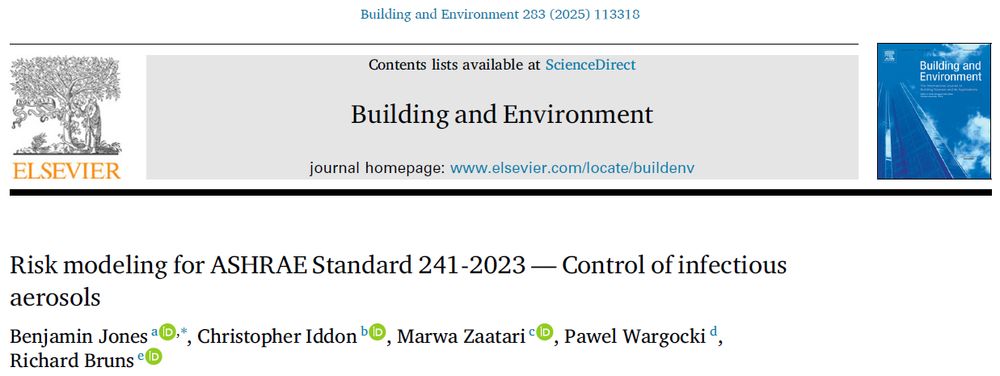
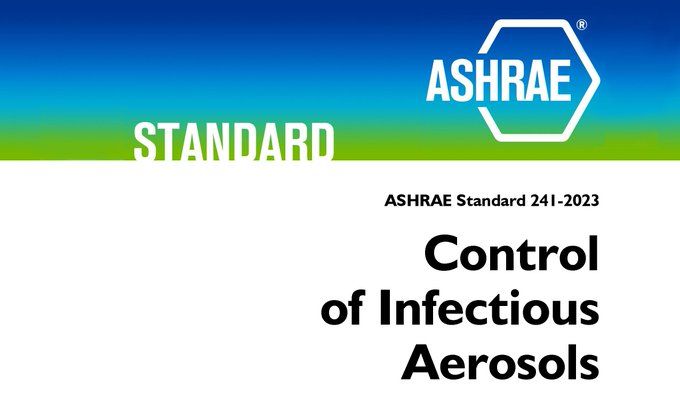
rehva.eu/rehva-journa... 5/5

rehva.eu/rehva-journa... 5/5
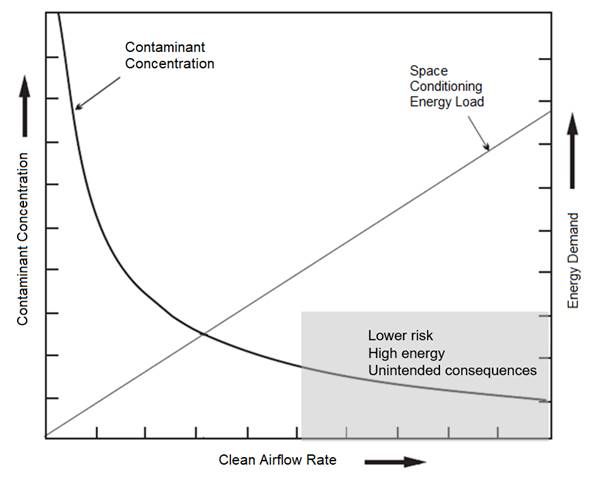

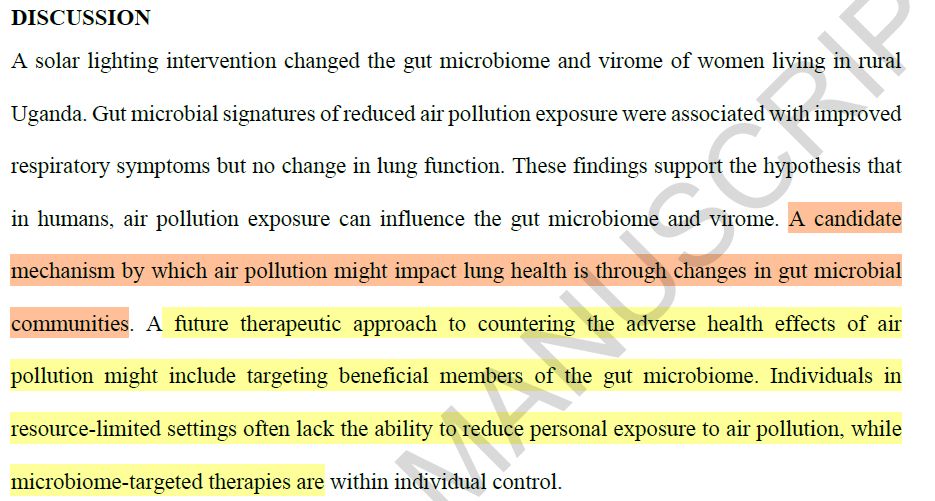
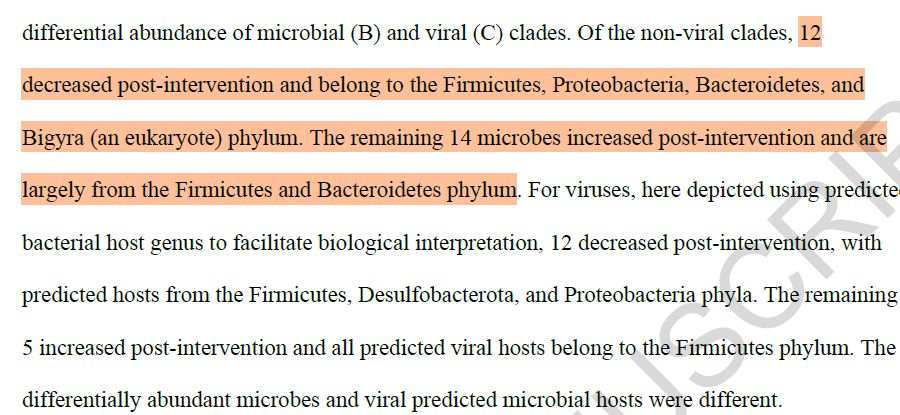
No difference in the diversity of bacteria, but some differences in the types of virus found 4/n

No difference in the diversity of bacteria, but some differences in the types of virus found 4/n












